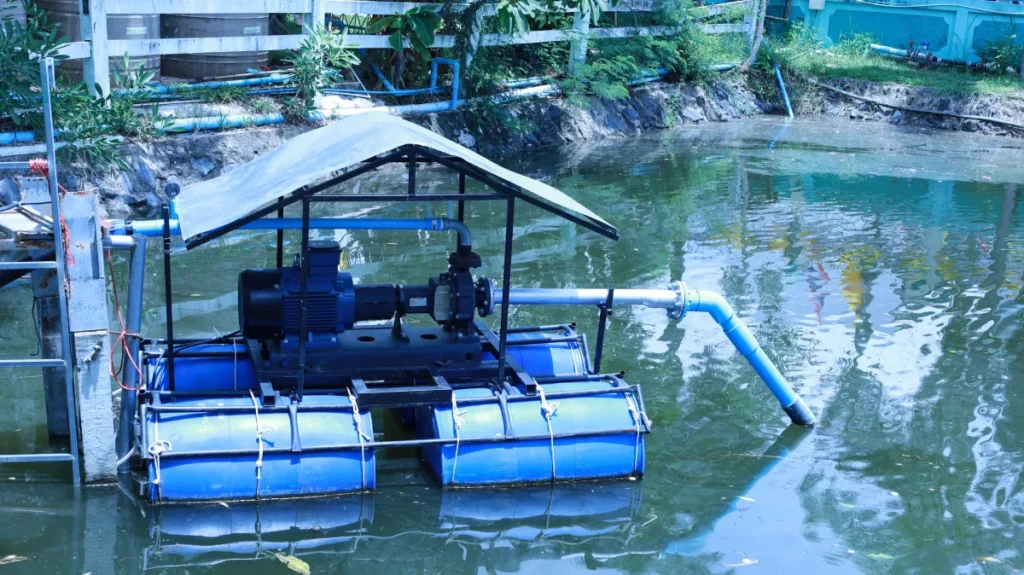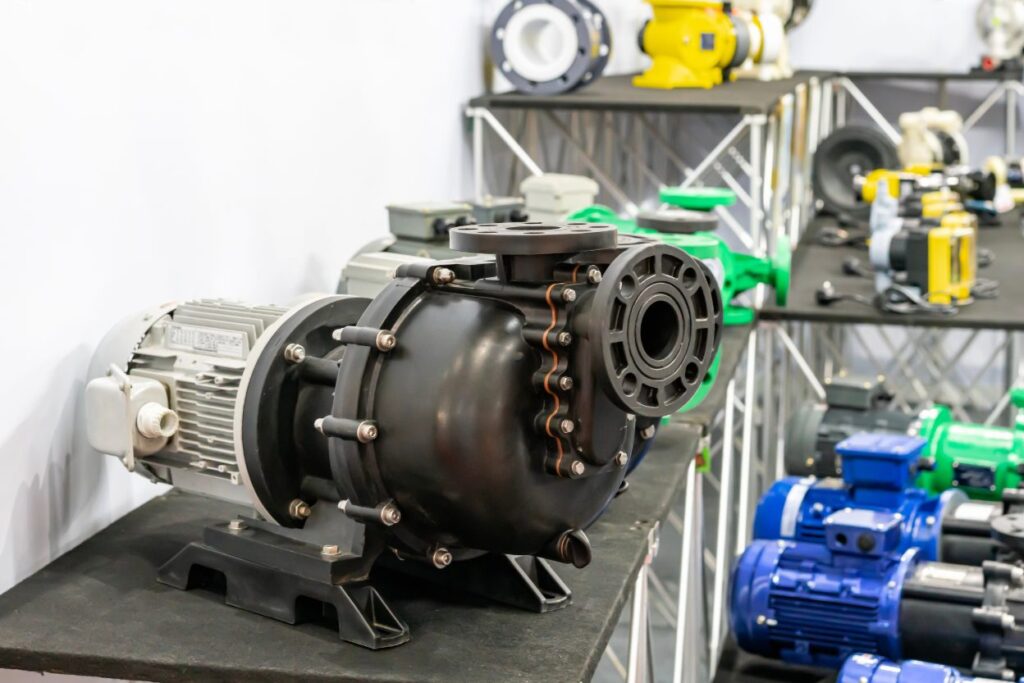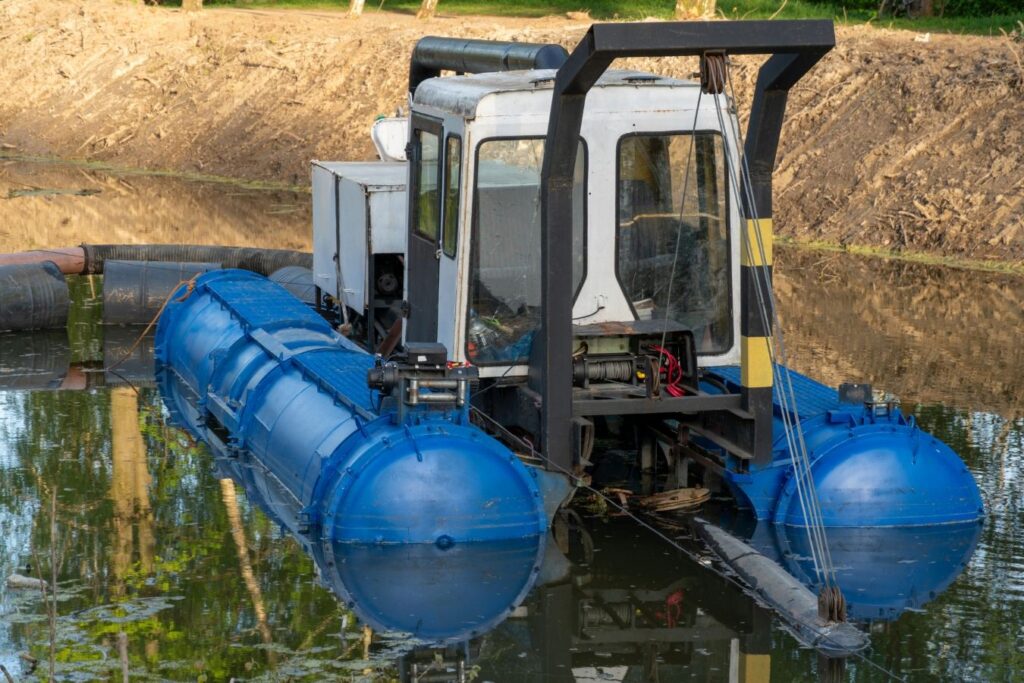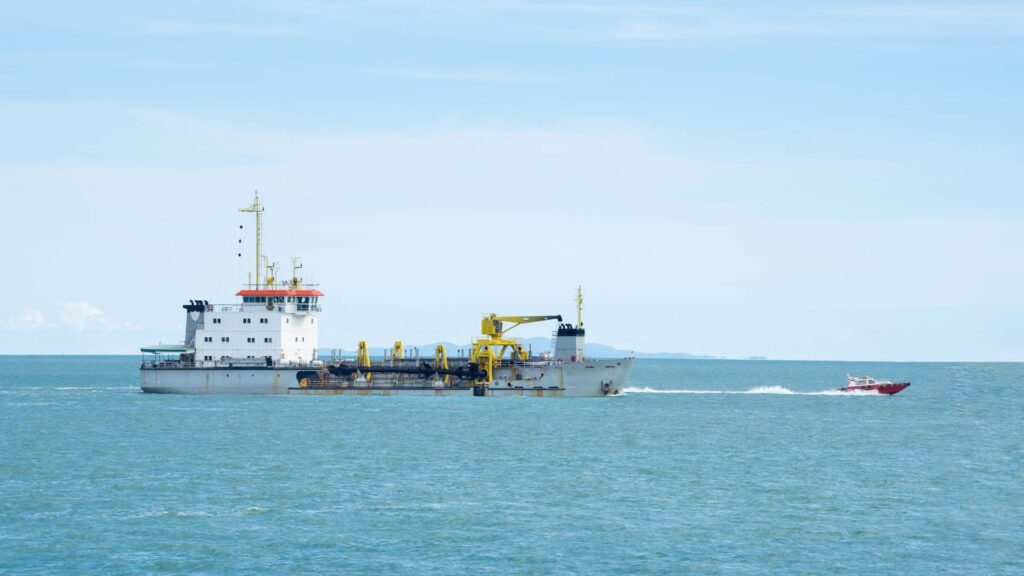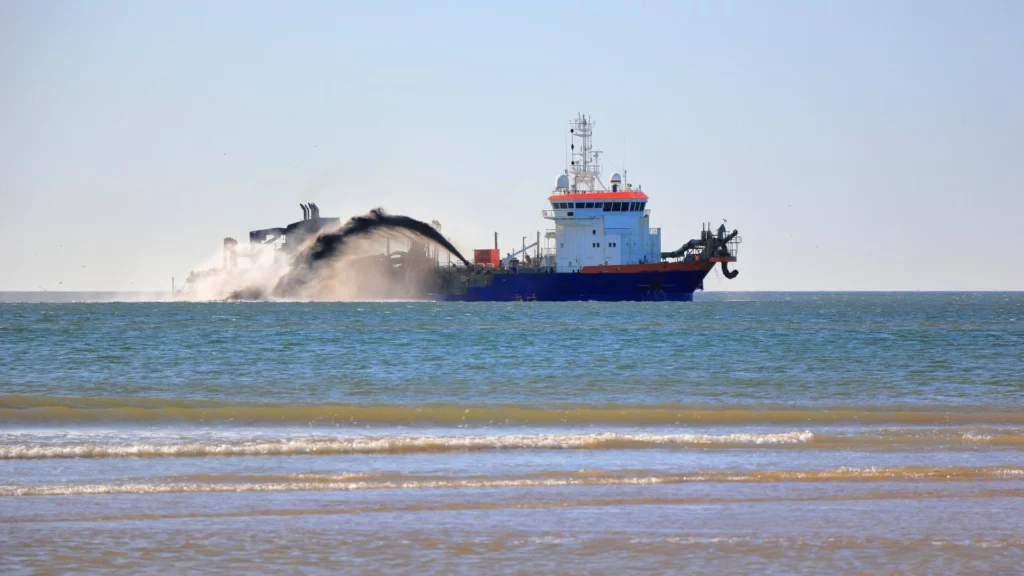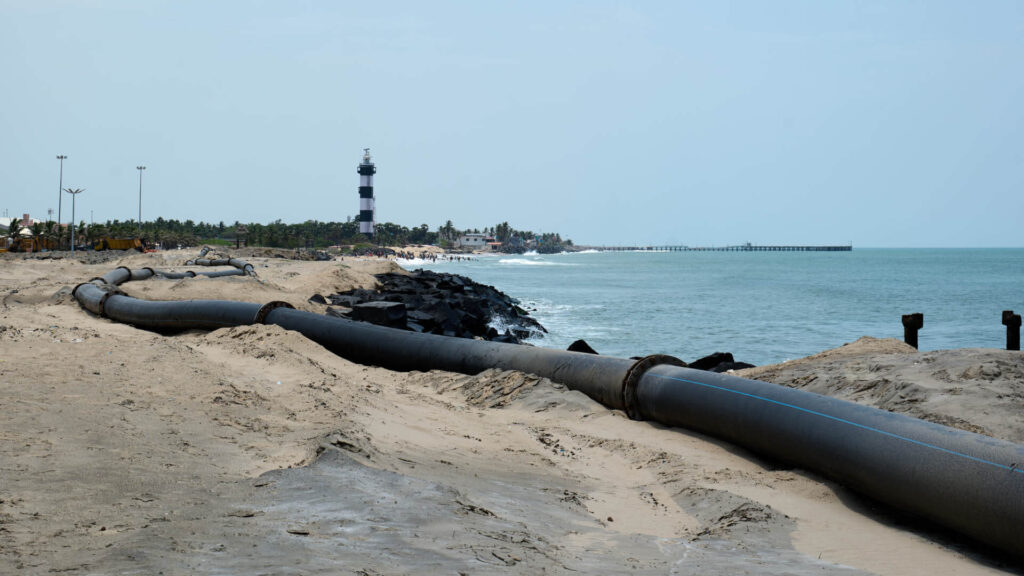Key Advantages of Electric Dredge Pumps in Modern Dredging and Slurry Transport
Dredging and slurry transport play a vital role across industrial and marine sectors, supporting critical operations such as port maintenance, mining tailings management, land reclamation, and waste recovery. These processes involve moving large volumes of sediment, silt, and abrasive materials, requiring equipment that can perform consistently in demanding environments. Traditionally, diesel-powered systems have dominated the market due to their mobility and power output. However, as industries face stricter environmental regulations and rising operational costs, the limitations of fuel-based systems—high emissions, frequent maintenance, and variable efficiency—have become increasingly apparent. In response, many organizations are shifting toward cleaner and more reliable alternatives. The electric dredge pump has emerged as a major technological step forward, offering energy efficiency, operational precision, and reduced lifecycle costs. Unlike conventional setups, the dredge pump electric design minimizes mechanical complexity while delivering consistent torque and performance, even in heavy-duty applications. This evolution not only enhances productivity but also aligns with global sustainability goals and regulatory compliance standards. For procurement and project decision-makers, evaluating factors beyond initial investment—such as power efficiency, maintenance intervals, and total cost of ownership—has become crucial. While the electric dredge pump price may vary based on capacity and configuration, its long-term economic and environmental advantages are proving to be a decisive factor for industries aiming to modernize dredging and slurry transport operations. Understanding the Electric Dredge Pump: How It Works and Where It Excels An electric dredge pump operates on a straightforward yet highly efficient principle: converting electrical energy into mechanical energy to move dense slurry or sediment-laden fluids. Unlike diesel-hydraulic systems that rely on multiple mechanical linkages and hydraulic lines to transfer power, an electric-driven system uses a direct motor-to-impeller connection. This design eliminates intermediate components, reducing energy loss and ensuring smoother, more consistent performance. The result is a pump that delivers higher efficiency, greater control, and lower overall wear—especially critical in continuous dredging or slurry transport operations. The core components of a dredge pump electric system include a robust electric motor, a high-efficiency impeller, a wear-resistant casing, and a control panel with variable frequency drive (VFD) capabilities. The motor provides steady torque, driving the impeller to generate the necessary suction and discharge pressure. The wear-resistant casing—often made from high-chrome alloys or hardened materials—protects against abrasion from sand, silt, or gravel. The integrated control system allows operators to precisely adjust speed and flow parameters, optimizing performance for varying slurry densities and depths. Electric dredge pumps are widely used across industries such as mining tailings recovery, port and marina maintenance, pond desilting, and offshore slurry transport. Their adaptability and low-maintenance operation make them ideal for both fixed and mobile dredging setups. When compared to conventional diesel-hydraulic pumps, electric systems demonstrate clear advantages. They operate with higher energy efficiency due to minimal mechanical losses, produce significantly lower noise and emissions, and eliminate the risks associated with fuel handling and exhaust. Moreover, although the electric dredge pump price can be higher initially, the long-term savings in fuel, maintenance, and downtime contribute to a lower total cost of ownership—making electric dredging technology an increasingly preferred choice for modern, sustainable operations. Core Advantages of Electric Dredge Pumps The dredge pump electric system delivers a clear advantage in energy efficiency by ensuring direct power transfer from the motor to the impeller, virtually eliminating the mechanical losses common in diesel or hydraulic configurations. This streamlined energy pathway results in consistent output and optimized power utilization, allowing operators to achieve higher throughput with reduced input energy. In large-scale or continuous dredging operations, these savings compound significantly, translating into lower operational expenses and improved return on investment. A key differentiator of the dredge pump electric design lies in its ability to maintain constant torque and rotational speed, even under variable load conditions. This consistency ensures stable slurry flow, precise dredging depth control, and minimized wear on internal components—all of which contribute to extended equipment lifespan and greater operational reliability. Another critical advantage is the precision control afforded by modern electronic systems. With integrated variable frequency drives (VFDs) and programmable logic controllers (PLCs), operators can adjust pump speed, pressure, and power consumption in real time. This adaptability allows for smoother operation across changing slurry densities and site conditions, improving overall efficiency while reducing stress on the motor and impeller. The electric dredge pump also excels in sustainability and workplace safety. Its zero on-site emissions and low noise levels make it compliant with modern environmental regulations and ideal for operations in urban, coastal, or environmentally sensitive zones. The absence of fuel handling and hydraulic fluids eliminates the risk of spills, ensuring safer, cleaner operations for personnel and surrounding ecosystems. From a maintenance perspective, electric systems require fewer service intervals compared to diesel or hydraulic models. With no engine oil, filters, or fuel injectors to maintain, downtime is minimized and long-term reliability is enhanced. This directly supports the growing preference among industrial operators for equipment that delivers predictable performance with lower lifecycle costs. When evaluating the electric dredge pump price, decision-makers should consider not just the purchase cost but also the total cost of ownership. Reduced energy use, minimal maintenance, and extended operational life make electric systems a superior investment for long-term productivity. Their combination of power efficiency, environmental compliance, and technological sophistication establishes them as the preferred solution for modern dredging and slurry transport applications. Economic Perspective: Evaluating Electric Dredge Pump Price and ROI Understanding the economics behind a dredge pump electric system requires looking beyond the initial purchase cost and examining the full spectrum of performance and lifecycle savings. The overall electric dredge pump price is typically influenced by three major factors: motor capacity, material composition, and the sophistication of the control system. Larger motor capacities naturally drive higher output and energy demand, while the use of premium materials—such as high-chrome alloys or duplex stainless steel—enhances durability against abrasion and corrosion. Meanwhile, advanced control systems with automation or variable frequency drives (VFDs) allow for precise flow regulation, improving operational efficiency and reducing unnecessary power consumption. Real-world data from industrial and marine dredging projects
Key Advantages of Electric Dredge Pumps in Modern Dredging and Slurry Transport Read More »

